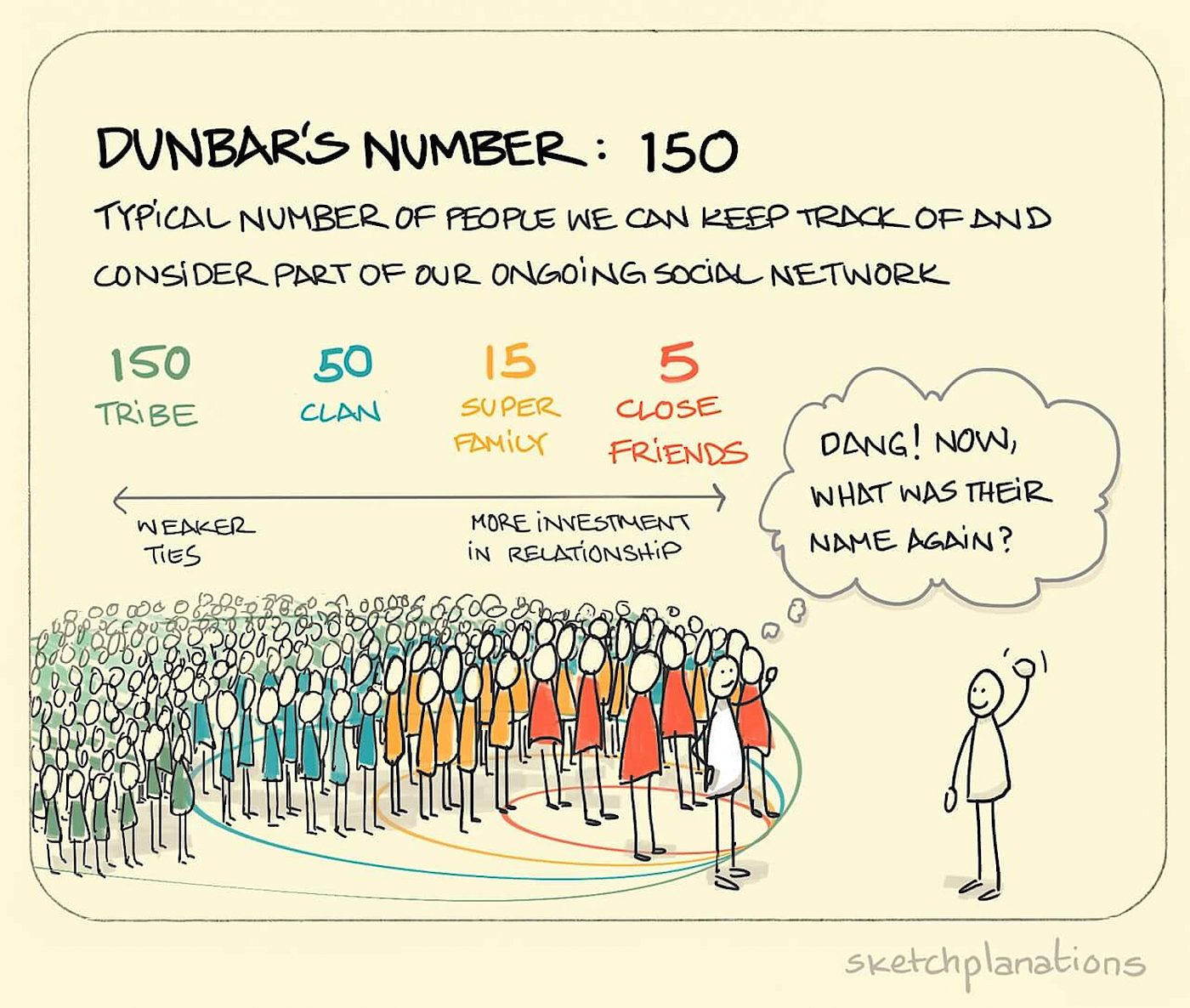La Grenouillere by Pierre-Auguste Renoir
Last year, Ryan Dawidjan wrote a piece about modern friends, or the relationships that originate and develop through digital channels (like forums, email, Twitter, etc.). I’ve been thinking more and more about this concept of modern friends recently, particularly because I’ve made a lot of them this year.
Perhaps I am even writing about friendship in the first place because I realize now more than ever how rare it is, and more importantly, how immeasurable in value it is. This past week, I reread one of my favorite books, On Friendship by Alexander Nehamas, which I believe should be read by all of us who care about our friends:
“My own view is that friendship is essential to our becoming who we are. It provides a context within which we can, more or less safely, try different ways of being, different approaches to life, and our friends, to whom we open ourselves and by whom we are willing to be influenced and directed, play a central role in what becomes of us.” — Alexander Nehamas
Friendship has never been easy to understand or define — even Michel de Montaigne, in his essay “Of Friendship,” found it impossible to account for all the reasons why he loved his closest friend. But these questions and parameters have only become more muddled since we began interacting with friends (and strangers, too) in digital spaces. How do we define a friendship in a virtual world? What is the value of a Facebook friend, or a follow on Twitter? And what happens when the line between IRL and URL becomes too blurred to distinguish?
The Internet is really big, and it can also be really lonely. “Part of the problem of social media is that there is no equivalent to the scientific glassblowers’ sign, or the woodworker’s open door, or Dafna and Jesse’s sandwich boards,” writes Robin Sloan. “On the internet, if you stop speaking, you disappear.” To me, maintaining some sense of activity and intimacy in online spaces is a bit like working with the garage door up, like a call into the crowd: I am here. As I’ve heard Blake Robbins put it before, Twitter is the global town square. It’s where friendships are formed and where careers are made. And, for better or for worse, it’s an always-on megaphone to share what’s on your mind.
To differentiate between our friends, our modern friends, our acquaintances, our colleagues, and everything in between, we can look to Dunbar’s number, which states that we can maintain some level of knowing a person across 150 people. This number is limited in part due to our memory, as well as the effort it takes to maintain the relationships themselves.

Dunbar’s number, as illustrated by Sketchplanations
Dunbar also identified that a person’s social network appears to follow traditional scaling laws, with the number of people in each level usually increasing by a factor of three. So a person might have 5 close friends, 15 in their extended or “super” family, 50 in their clan, and 150 in their tribe. Where those people come from? That’s up to you.
“We are lent into each other’s keeping.” — Tomasz Tunguz
I never thought my tribe would consist of so many modern friends. It’s the upside, I guess, of being a digital native, of spending this time on the Internet. These social networks are so wonderful because they allow for small, repeated interactions with so many people (related: Familiarity and Belonging, by Simon Sarris).
I largely put this post together as an ode to the modern friends I’ve made this year. So as 2020 comes to a close, I want to say thank you, for now I am no longer afraid of talking to strangers. :)
“What is a friend? A single soul dwelling in two bodies.” — Aristotle
Looking to offer more passive support? Leave a tip!